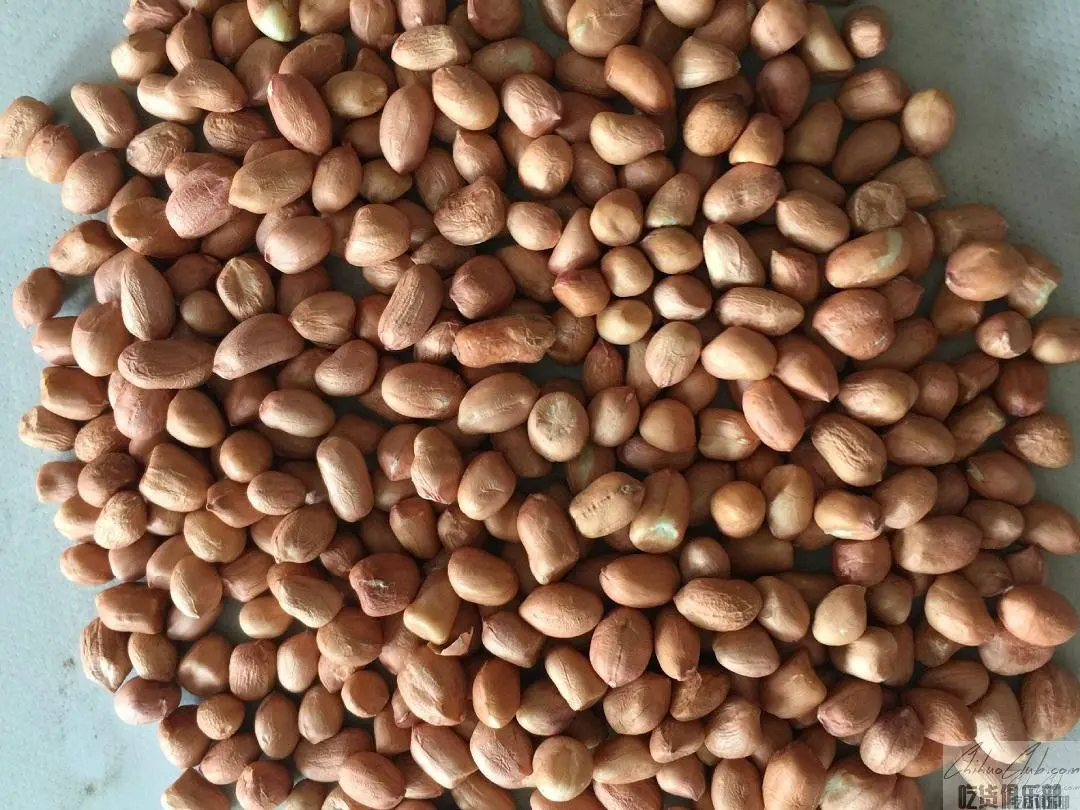
Zhengyang Peanut
-
Update date::
-
Date of protection::
-
Protected range:The scope of protection of Zhengyang Peanut Geographical Indication Products is based on the scope of the Notice of the People's Government of Zhengyang County, Henan Province on the Determination of the Scope of Protection of Zhengyang Peanut Geographical Indication Products (Zheng Zhengwen [2007] No. 76), which is Zhengyang, Henan Province. County Zhenyang Town, Shenshui Township, Xinyidian Township, Youfangdian Township, Weinanyu Town, Yongxing Township, Fuzhai Township, Hanshuo Town, Yuanzhai Township, Wangbuqiao Township, Pengqiao Township, Leizhai Township 16 townships such as Lanqing Township, Luhe Township, Xiongzhai Town and Tongzhong Town are under administrative jurisdiction.
-
Related origin:henan zhumadianshi zhengyangxian zhengyangxian-shenshuixiang zhengyangxian-xinruandianxiang zhengyangxian-youfangdianxiang zhengyangxian-runanbuzhen zhengyangxian-fuzhaixiang zhengyangxian-handongzhen zhengyangxian-wangwuqiaoxiang zhengyangxian-pengqiaoxiang zhengyangxian-leizhaixiang zhengyangxian-lanqingxiang zhengyangxian-lvhexiang zhengyangxian-xiongzhaizhen zhengyangxian-tongzhongzhen zhengyangxian-pidianxiang zhengyangxian-dougouzhen zhumadianshi-yangbuzhen-henan pingyuxian-yangbuzhen pingyuxian
-
Category:
Peanuts are widely distributed in China and have a vast planting area. Today, they have become an ordinary thing in everyone's mind. In Zhengyang, which is known as “the land of abundance and fertility”, the unique geographical climate, long history background, rich cultural heritage, and careful brand building have produced high quality Zhengyang peanuts – it is made of high quality pearl beans. The characteristics are well-known, the rice grain looks neat, has the advantages of fragrant, crisp, crisp, refreshing taste, long aftertaste, etc. It has high fat content, rich protein, and a variety of essential amino acids and other important nutrients.
Zhengyang peanut quality technical requirements (1) variety. Yuanza 9102 pearl bean type excellent variety. (2) Site conditions. The soil is mainly yellow cinnamon soil, the soil texture is clay soil, and the soil layer thickness is ≥15cm. The soil pH is 6.7 to 7.2 and the soil organic matter content is ≥1.0%. (3) Cultivation management. 1. Mouthwash and Rotation: (1) Mouthwash: Winter leisure or predecessor is rape or winter wheat. (2) Rotation: The yellow cinnamon soil rotation period is 3 years; the sand ginger black soil rotation period is 2 years. 2. Seed selection and treatment: Select full-bodied double-fruit seeds for seeding, and then granulate after shelling to remove grains of glutinous grains, small grains, broken grains, mildew or susceptible insects. Seed treatment with Jockey or carbendazim before sowing. 3. Sowing: When the soil temperature is ≥15 °C, it is suitable for sowing. The spring broadcast time is mid-April, and the summer broadcast time is before June 5. The planting density is 135,000 to 165,000 points per hectare in spring, 165,000 to 195,000 points per hectare in summer, and 2 seeds per hole. 4. Fertilization: The ratio of nitrogen, phosphorus and potassium is 1.5:1.5..2. Apply 6 kg of pure nitrogen, 6 kg of phosphorus (P2O5), and 8 kg of potassium (K2O). 5. Environmental and safety requirements: The use of pesticides, fertilizers, etc. must comply with relevant national regulations. (4) Harvesting and storage. 1. Harvest: Harvested at the right time in mid-September according to the maturity of the product. The standard is that the growth of the upper part of the peanut is stagnant, the middle and lower leaves are shed, the shell is hardened, the netting is clear, the inner peel changes from white to dark brown with metallic luster; the seed is full and full, and the seed coat shows the inherent color of the pink and other varieties. Dry in time after harvest. 2. Storage: Before storage, reduce the water content of the pods to less than 10%, the seed kernels to 7% or less, and remove the impurities, and filter out the rotten fruit, rotten seeds, capsules, alfalfa and other impurities. The storage area should be dry, sunny and ventilated. (5) Quality characteristics. 1. Sensory characteristics: The peanut, peanut and kernel shape of the project are silkworm-shaped, the net of the shell is clear, and the surface of the shell is yellow. The seed coat is light red and the grain is pearl-shaped. Taste, crisp, crisp, sweet 2. Physical and chemical indicators: project index pod size (g / fruit) 160.0 ~ 165.0 kernel size (g / 100 grains) 65.0 ~ 70.0 protein (%) ≥ 25.0 fat (%) ≥ 53.0 Moisture (fruit, %) ≤ 10.0 moisture (ren, %) ≤ 8.03. Safety requirements: Product safety indicators must meet the relevant regulations of the state for similar products.
Apply to:
Producers within the scope of protection of Zhengyang Peanut Geographical Indication Products may apply to the Zhengyang County Quality and Technical Supervision Bureau of Henan Province for the use of the “Special Mark for Geographical Indication Products”, which shall be approved by the General Administration of Quality Supervision, Inspection and Quarantine.